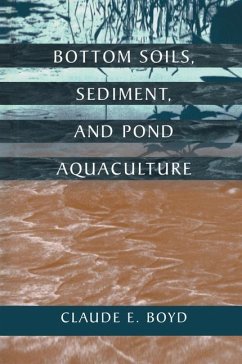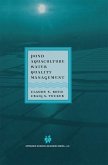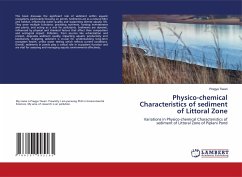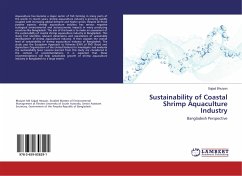Sediment, natural food & water condition in shrimp ponds have been investigated in Malaysia. Cation exchange capacity varies with soil texture while soil organic matter varies with pond age. The dynamics of macro & microelements in pond & sediment waters were not distinct in old & new ponds, but were influenced by accumulation process of living organisms, water exchange & precipitation of ions. Gastropod was the dominant macrobenthos followed by harpacticoid copepod as meiobenthos. About 30% of zooplankton decreased within one month after the release of post larvae into the ponds which revealed the significance of natural foods in culture ponds in reducing the production cost & increasing pond yield. Stomach content analysis showed that the higher content of natural food items was found in the stomach of shrimps from old ponds. The population of fungi in shrimp pond soil was mostly of Aspergillus & Penicillium which were similar to the terrestrial soil fungi. The results showed that many activities i.e., feeding, stocking density, weather condition, accumulation of organic matters & pond age governed the quality of pond water, shrimp growth, production & pond ecosystem.
Bitte wählen Sie Ihr Anliegen aus.
Rechnungen
Retourenschein anfordern
Bestellstatus
Storno








